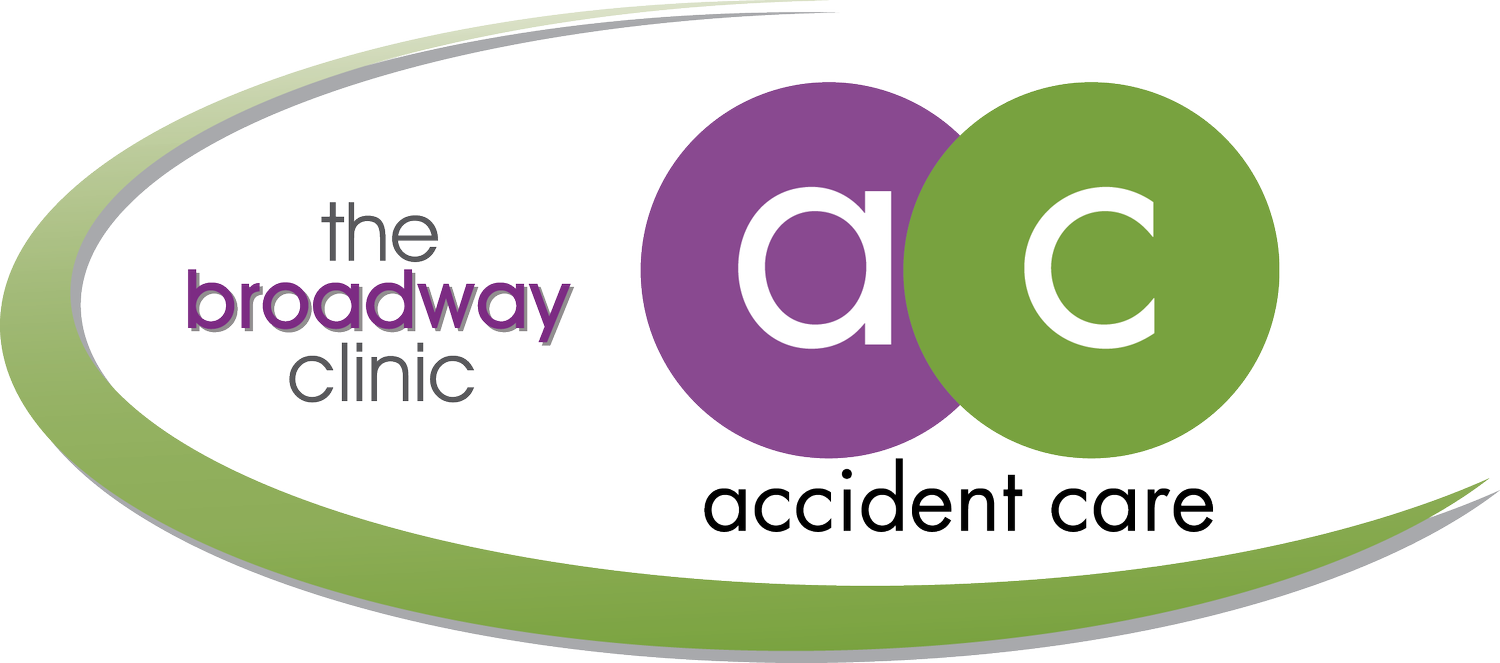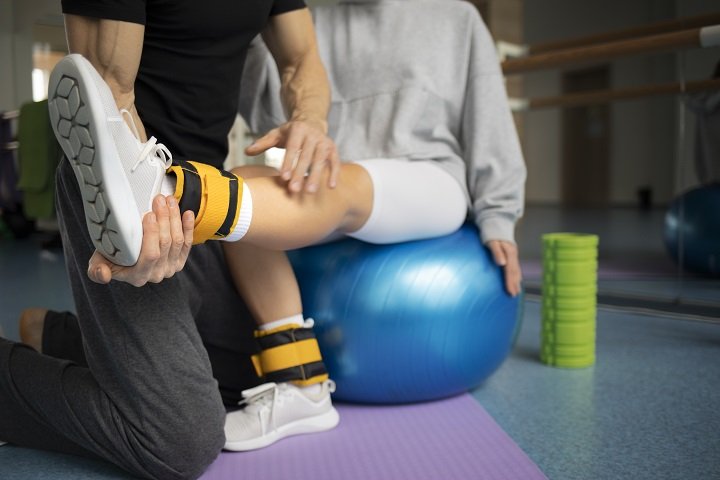Revive with Physical Therapy: Walk on the Path to Recovery
Accidents are unforeseen and often leave us with serious injuries, such as those sustained during a motor vehicle accident (MVA). In the aftermath, proper medical care is paramount and physical therapy stands out as a crucial part of the recovery process. OKC residents have witnessed a rise in MVAs in recent years. This article explores the role of physical therapists in treating injuries and improving the overall quality of life after an accident. Let's take a closer look.
Twist and Turns: Understanding Neck Injuries from Motor Vehicle Accidents
Whiplash is one of the most prevalent injuries associated with MVAs. Understanding its complexities is essential for effective treatment.
The Impact and Immediate Consequences
During a rear-end collision, the body is violently thrown backward and forward, creating enormous stress on tissues and joints. This force primarily affects the muscles and ligaments, leading to tears that keep the cervical vertebrae aligned and moving smoothly.
The most frequent symptoms include neck stiffness, pain and headaches. These acute symptoms typically last between 2-8 weeks, the usual time for damaged tissue to start repairing itself.
Chronic Pain and Its Causes
Pain lasting longer than three months is chronic, persisting beyond the normal healing time. Research indicates chronic neck pain may stem from weakened or damaged DCF muscles responsible for fine neck movements and stabilization.
Larger muscles like the sternocleidomastoid (SCM) and scalene muscles may try to take over the DCF's stabilization role, leading to repeated hyperextension and compression of the cervical vertebrae. This hyperextension causes neck pain through vertebrae compression and frequent headaches due to pinching of the suboccipital muscles.
The Vestibular System and MVAs: A Complex Connection
Motor Vehicle Accidents (MVAs) can affect our inner systems, particularly the vestibular system.
Understanding the Vestibular System
The vestibular system comprises the inner ear and several reflex pathways in the brain, including the vestibulospinal reflex (VSR) and the vestibulo-ocular reflex (VOR). Together, these systems help regulate our ability to track objects, balance with closed eyes and recognize limb positions. Knowing your arm's position above your head without looking at it is a function of the vestibular system.
MVAs and the Vestibular System Disruption
“MVAs can result in rapid forces that impact the body, inner ear and brain, affecting the vestibular system.” Disrupting one part of this system may send mixed signals to the brain, causing symptoms such as dizziness, nausea or unsteadiness during daily activities.
Addressing and Alleviating Symptoms
While damage to the vestibular system may sound frightening, proper exercises and professional management can address and alleviate these symptoms. The most common exercises for dizziness and nausea include gaze stabilization exercises. Though initially inducing dizziness and nausea, they can retrain the brain and restore proper vestibular pathway signal firing with time and practice.
Healing Hands: How Physical Therapy Can Alleviate Pain?
Personalized Treatment Plans: Physical therapy begins with thoroughly assessing the individual's needs and circumstances. The therapist evaluates the extent of the injury, the patient's overall health, lifestyle and unique physical challenges. Based on this comprehensive evaluation, the therapist develops a tailored treatment plan. This customized approach ensures that therapy is aligned with the individual's goals and optimizes the recovery process, as no two injuries or patients are the same.
Pain Management: Therapists utilize various techniques, such as manual therapy, where hands-on manipulation is applied to enhance movement and reduce discomfort; electrotherapy, using electrical stimulation to aid muscle function and targeted exercises designed to manage and alleviate pain. These techniques collectively work to not only reduce pain but also enhance the body's healing mechanisms, providing relief and comfort throughout the recovery process.
Recovery and Rehabilitation: The treatment is instrumental in helping individuals recover and return to their pre-accident state. Progressive exercises that increase in complexity and intensity are carefully implemented and monitored. This consistent monitoring allows for adjustments, ensuring the rehabilitation process is efficient, safe and effective. The goal is to restore function, flexibility and strength, empowering individuals to regain control of their lives.
Comprehensive Approach: Physical therapists adopt a holistic view, including educating patients about their injuries, healing processes and ways to prevent future complications. Therapists also provide psychological support, recognizing the mental and emotional challenges that often accompany physical injuries. This comprehensive approach fosters overall wellness, ensuring patients are well-equipped to manage their health beyond the therapy sessions.
Preventive Measures: By identifying potential problem areas and analyzing movement patterns, therapists can develop preventive measures tailored to the individual's lifestyle and needs. That can include specific exercises, lifestyle modifications or ergonomic adjustments. These preventive strategies can significantly reduce the risk of future injuries or complications.
Long-term Benefits: The skills and techniques learned during physical therapy sessions are designed for long-term application. The professionals teach their patients exercises, postures and strategies that they can incorporate into everyday life. This ongoing application ensures continued health and well-being. Moreover, these lifelong skills create a foundation of awareness and self-care that promotes overall fitness and health.
Get Ready to Revive & Thrive With Us
Are you or someone you know struggling after an MVA? Don't wait. Reach out to "The Broadway Clinic Accident Care" today. Our experts are here to guide you every step of the way, ensuring a comprehensive, caring and customized recovery. Connect with us and fix an appointment for physical therapy in OKC.
**Disclaimer: This content is not the advice of a medical expert and establishes no doctor-patient obligation or relationship.

